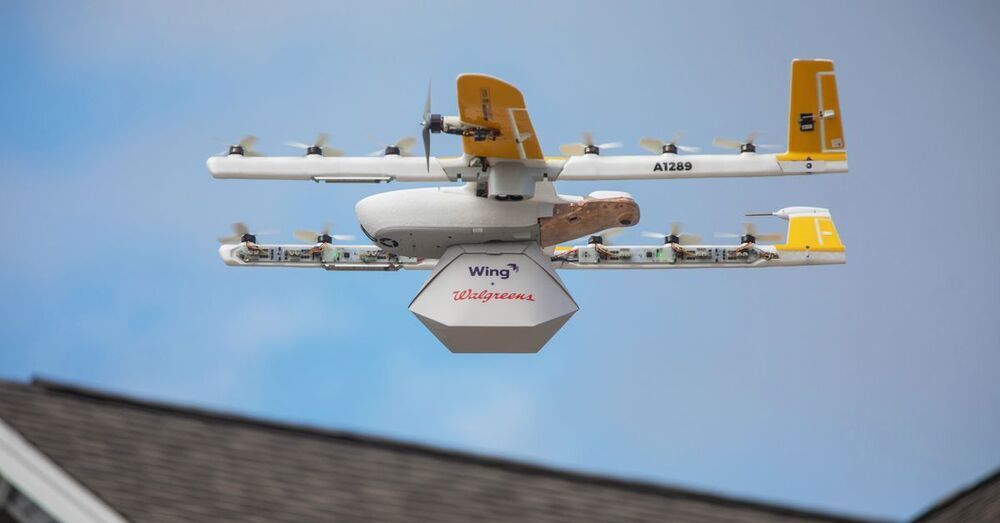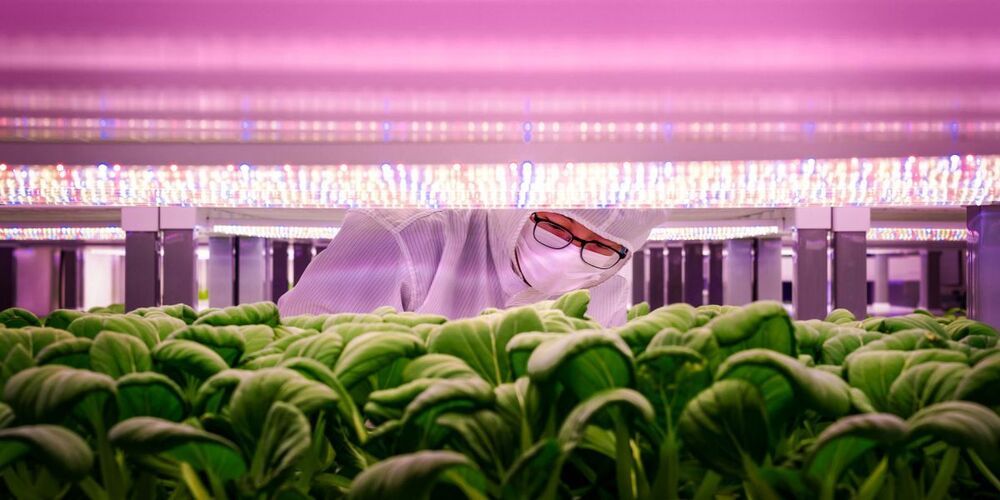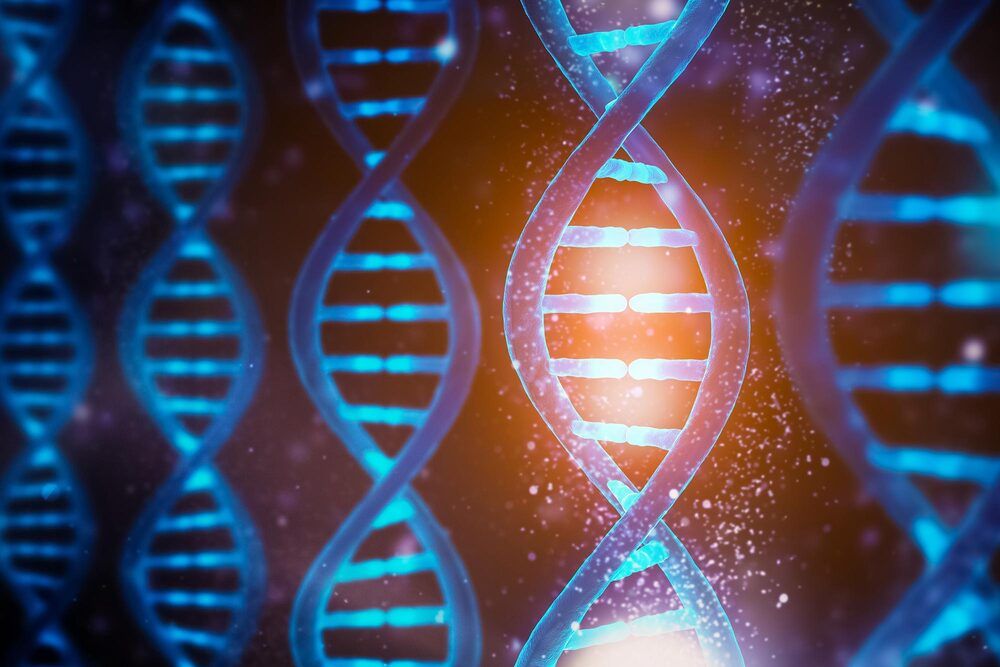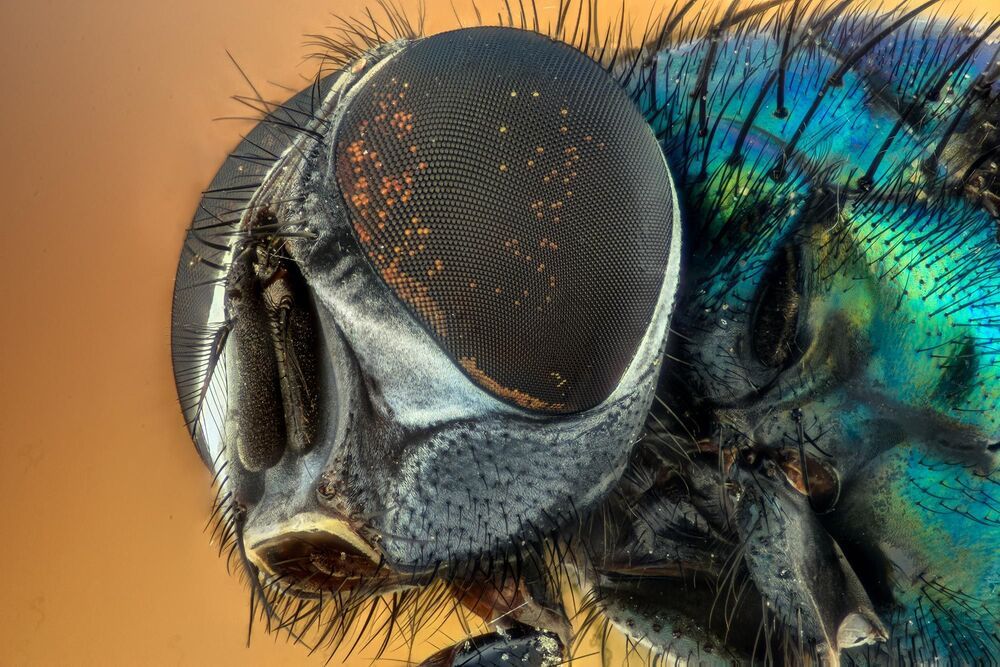Since when did Google/Alphabet care about privacy? “Google (technically, Alphabet) isn’t too happy about those new rules, as it turns out. The company’s drone delivery subsidiary Wing wrote a somewhat fearmongering post (via Reuters) titled “Broadcast-Only Remote Identification of Drones May Have Unintended Consequences for American Consumers,” which argues that the FAA’s decision to have drones broadcast their location might let observers track your movements, figuring out where you go, where you live, and where and when you receive packages, among other examples.”
Google isn’t too happy about the new FAA Remote ID rules for drones. Alphabet subsidiary Wing wrote a post titled “Broadcast-Only Remote Identification of Drones May Have Unintended Consequences for American Consumers,” arguing your privacy may be at stake.








